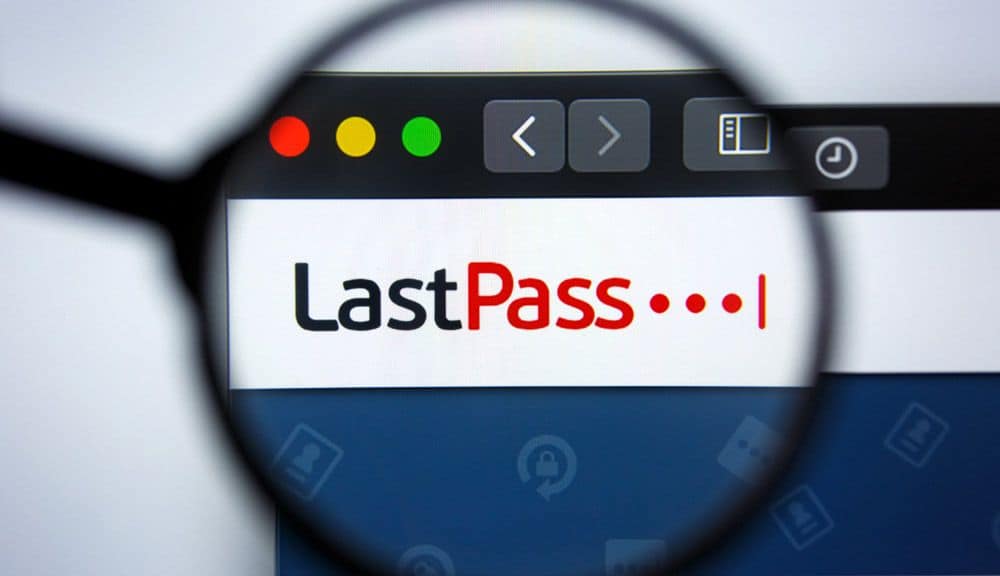The best free password manager won’t be so free and easy next month.
Earlier today (Feb. 16) we learned that LastPass will be adding significant restrictions to its LastPass Free service, which for the past few years has provided everything most people could ever need from a password manager.
Beginning March 16, LastPass Free users will no longer be able to sync their passwords, credit-card numbers, notes, addresses and bank-account information across all their devices.
Instead, they’ll be restricted to syncing within a class of device: either desktop and laptop computers, Windows tablets and the browsers running on them, or mobile devices such as smartphones, Android tablets and iPads and smart watches.
This is a throwback to the LastPass policy before November 2016, when the password manager also restricted syncing to one type of device for free users. Many other well-known paid password managers — Dashlane, 1Password, Keeper — prevent their free versions from syncing among any devices at all.
So if you’re a LastPass user who syncs among multiple desktops and laptops as well as a couple of smartphones, your LastPass universe will suddenly get a lot smaller unless you upgrade to its $36-per-year paid service. A LastPass Families plan that can be shared among six users is $48 per year.
“Sarah is a Free user with Computers as her active device type. She can use LastPass on her laptop, desktop and her dad’s laptop (anyone’s computer!), but she can’t use LastPass on her phone, tablet, or smart watch unless she upgrades to LastPass Premium, which has unlimited device type access.
Steve is a Free user with Mobile Devices as his active device type. He can use LastPass on his iPhone, Android work phone, tablet, and smart watch, but he can’t use LastPass on his desktop or laptop unless he upgrades to LastPass Premium, which has unlimited device type access.”
The first type of device you log into after March 15 will be the type of device you’re limited to, although you’ll be able to switch device categories up to three times. You won’t lose anything currently in your “vault” of passwords and other items, however.
Free users will also no longer be able to query tech support via email after May 17. Instead, they’ll be relegated to forums and FAQs.
Making more people pay makes financial sense…
To be fair, there hasn’t been much reason to upgrade from LastPass Free to LastPass Premium. You do get to use physical security keys for two-factor-authentication, to share items with multiple people, to use 1GB of encrypted file storage and to have someone monitor the “dark web” for your information, but most people won’t need those features.
We also get that LastPass owner LogMeIn has to make money. LogMeIn made that clear when hiked LastPass’s paid yearly rates from $12 to $24 and finally to $36 in less than three years. But with the first rate hike, LogMeIn also unleashed free unlimited syncing across all devices.
… but you do have options
If you’re a user of LastPass Free, you have a few options for next month.
You can continue to use the LastPass free service. If you want to get crafty, you could have two free accounts registered to different email accounts but with identical content to cover both types of devices. You’d just have to remember to make the same password changes at the same time to both accounts.
You could upgrade to LastPass’ paid service. Thirty-six dollars a year isn’t a huge amount of money. For the moment, LastPass is offering an introductory price of $27 for free users who want to upgrade.
You could switch to password managers that offer free unlimited syncing. Bitwarden is the new hotness on the block, although its free tier doesn’t support two-factor-authentication apps like LastPass Free does. Zoho Vault’s free tier does support authenticator apps.
You could switch to the entirely free KeePass. Like an ancient amulet, KeePass is very old and very powerful. But syncing your KeepPass vault across multiple devices requires lots of add-ons and kludges. Unless you want to surmount daunting technical challenges, it might be best to get something you can just drive off the dealer lot.
You could use web-browser password managers. Chrome, Firefox and Edge all have built-in password managers, and Macs have Keychain. But they limit you to one browser or one manufacturer’s devices, and the browser password manager is the first place a lot of malware looks when it wants to steal information.
You could switch to another paid password manager. Dashlane has a ton of features, but it starts at $60 per year. Keeper is a buck cheaper than LastPass Premium at $35 per year, and has excellent security. Mac users swear by 1Password, but it’s also $36 per year.
There are still paid bargains. RoboForm is just $24 per year, and Tom’s Guide readers get 30% off. We haven’t yet reviewed the aforementioned Bitwarden, but its premium plan has many of the same features as LastPass Premium yet costs only $10 per year.

